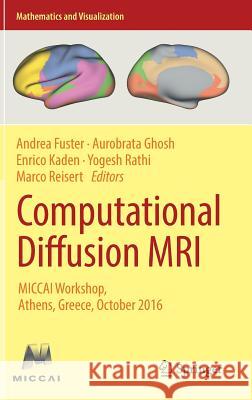Computational Diffusion MRI: Miccai Workshop, Athens, Greece, October 2016 » książka
topmenu
Computational Diffusion MRI: Miccai Workshop, Athens, Greece, October 2016
ISBN-13: 9783319541297 / Angielski / Twarda / 2017 / 212 str.
Kategorie:
Kategorie BISAC:
Wydawca:
Springer
Seria wydawnicza:
Język:
Angielski
ISBN-13:
9783319541297
Rok wydania:
2017
Wydanie:
2017
Numer serii:
000242696
Ilość stron:
212
Waga:
0.49 kg
Wymiary:
23.39 x 15.6 x 1.42
Oprawa:
Twarda
Wolumenów:
01
Dodatkowe informacje:
Wydanie ilustrowane











